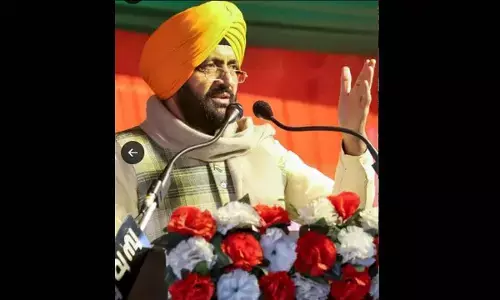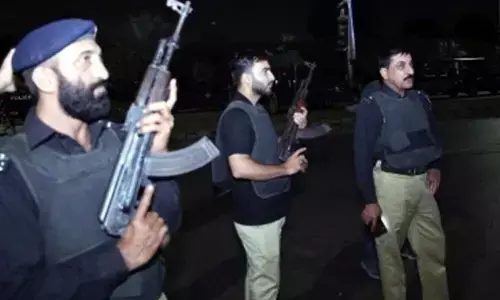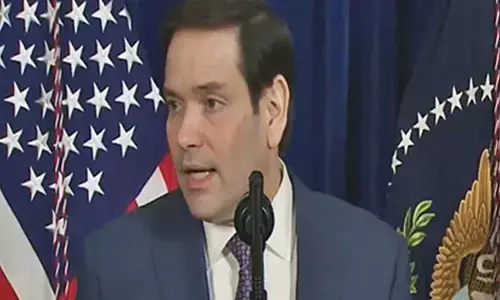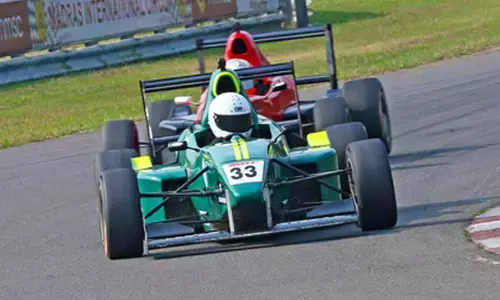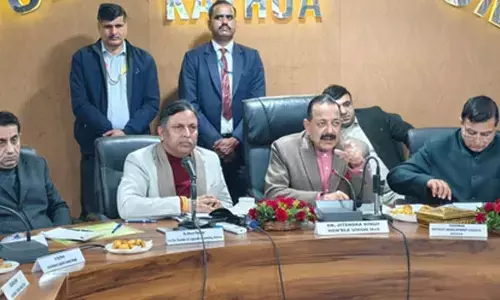Shaping the future of Medical Education
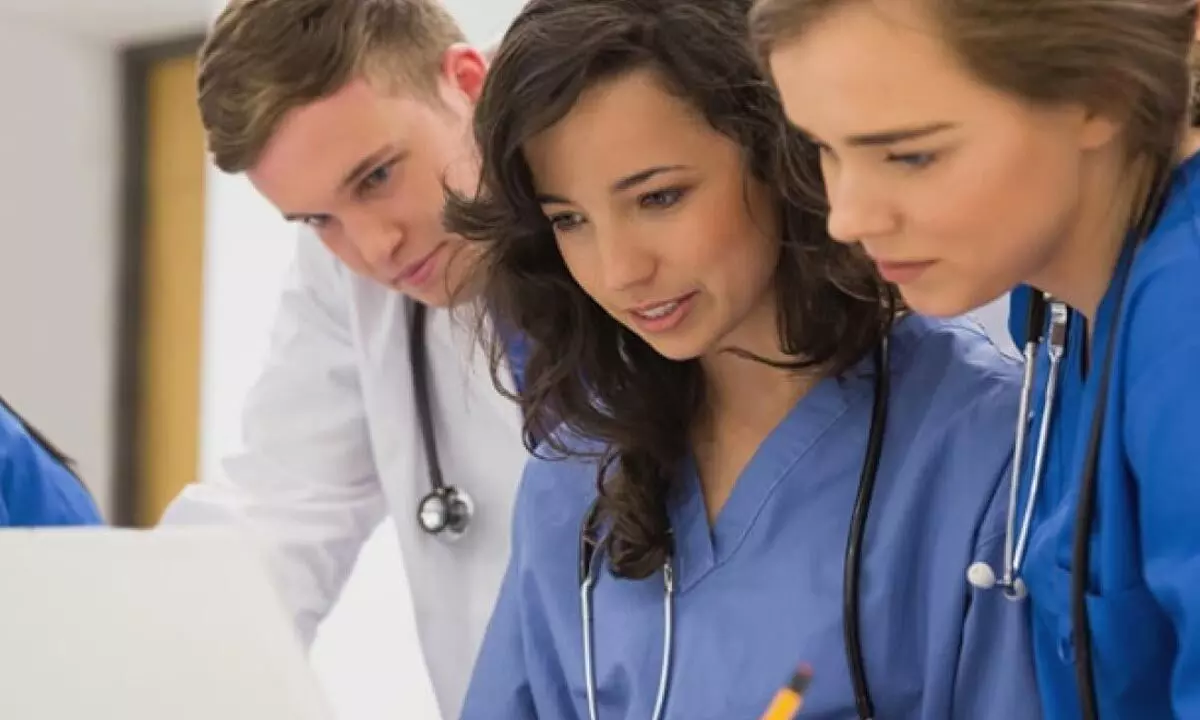
A paradigm shift is unfolding in medical education, ushered in by the revolutionary integration of clinical simulation technology.
A paradigm shift is unfolding in medical education, ushered in by the revolutionary integration of clinical simulation technology. This cutting-edge technology creates a secure and controlled environment where medical professionals and students can hone their clinical skills across diverse procedures, ranging from surgical techniques to patient examinations and medical interventions. While not new to the education industry, simulations are an area of increasing popularity in the medical community. We are at a point in time where simulation technology is not merely adopted but celebrated as a cornerstone in shaping the future of medical education.
Situated Learning: A foundation for practical skill enhancement
Situated Learning Theory, propounded by Jean Lave and Etienne Wenger, posits that learning occurs best when situated within authentic contexts. In the realm of medical education, simulation technology provides a fertile ground for this theory to flourish. By integrating Situated Learning Theory into the curriculum, students not only acquire theoretical knowledge but also develop the critical decision-making skills essential for medical practice. The immersive nature of simulated scenarios fosters a sense of responsibility and enhances communication skills, preparing future healthcare professionals for the challenges of real clinical settings.
Transformative Learning: A catalyst for individual growth
Transformative Learning Theory, championed by Jack Mezirow, emphasizes the profound impact of experiences on individual growth and development. In the context of medical education, the transformative potential of simulation technology is evident at most advancedmed schools. By engaging in simulated scenarios, medical professionals and students undergo a paradigm shift in their perspectives and approaches to patient care.
The risk-free environment provided by clinical simulation allows individuals to confront challenges, make mistakes, and learn from them without compromising patient safety. This process of reflective learning contributes to the transformation of not just skill sets but also attitudes and values, fostering a culture of continuous improvement among healthcare practitioners.
Experiential learning: bridging theory and practice
David Kolb's Experiential Learning Theory posits that learning is most effective when it involves a cycle of concrete experience, reflective observation, abstract conceptualization, and active experimentation. The Clinical Simulations Centers in medical schools embodies this theory by seamlessly integrating simulated experiences into the educational journey.
Through hands-on, experiential learning, medical professionals and students engage in real-time problem-solving, critical thinking, and interdisciplinary collaboration. This approach enhances their adaptability to dynamic healthcare environments, equipping them with the skills needed for effective decision-making and patient-centered care.
The ability to repeat various scenarios promotes and reinforces skill retention. Promotion and reinforcement of a skill, as simulation does, can be achieved by ensuring the routine repetition of that skill (Kneebone, 2005).
Fostering collaboration and remote learning with simulation technology
Beyond the confines of traditional education, simulation technology facilitates collaborative learning among various healthcare disciplines. Effective communication, mutual respect, and teamwork, integral components of contemporary healthcare delivery, are nurtured within the simulated environment.
Moreover,to create the best medical learning experience, weembrace the era of virtual and remote learning by harnessing the power of virtual reality (VR) and augmented reality (AR).These technologies enable students and healthcare professionals, regardless of geographical location, to participate in realistic simulations. This democratization of access to specialized training programs is particularly advantageous for those in remote areas seeking to enhance their skills and expertise.
Evaluating expertise through high-fidelity simulation
The utilization of high-fidelity simulators, exemplified by the SimMan3G, has become a standard practice for us to evaluate the proficiency of medical professionals and students. These simulators provide objective metrics during simulated scenarios, allowing educators to assess performance, identify areas for improvement, and tailor educational interventions accordingly.
In conclusion, the integration of simulation technology in medical education represents a transformative paradigm shift in medical education. By embracing Situated Learning Theory, Transformative Learning Theory, and Experiential Learning Theory, we not only prepare healthcare professionals for the complexities of real-world practice but also foster a culture of continuous learning and improvement. As we navigate this new frontier, the Clinical Simulations Center stands as a testament to the commitment to shaping the future of medical education through innovation and excellence. Research is providing evidence to show that students are increasingly satisfied with simulated experiences. Students are also demonstrating increased confidence in their abilities to care for patients in a variety of situations (Parker et al, 2011).
(The authors are Courtney Lewis, MD. Medical Director, EMTC & Clinical Simulations, American University of Antigua College of Medicine, and Jeremias Samuel, EMT-P, Manager, EMTC & Clinical Simulations, American University of Antigua College of Medicine)








